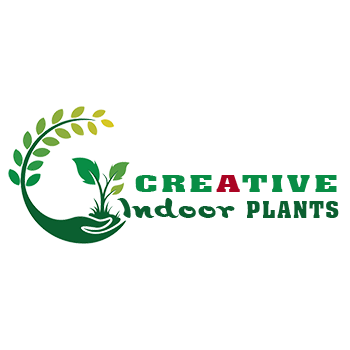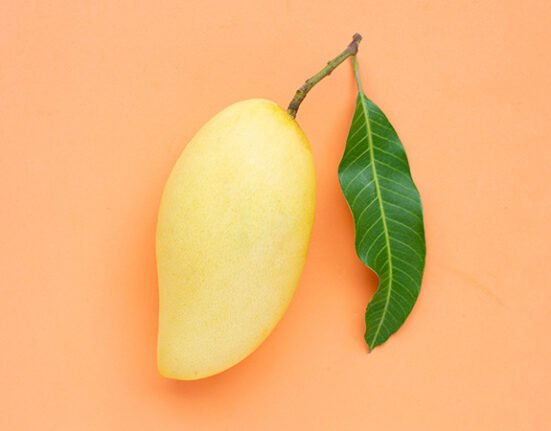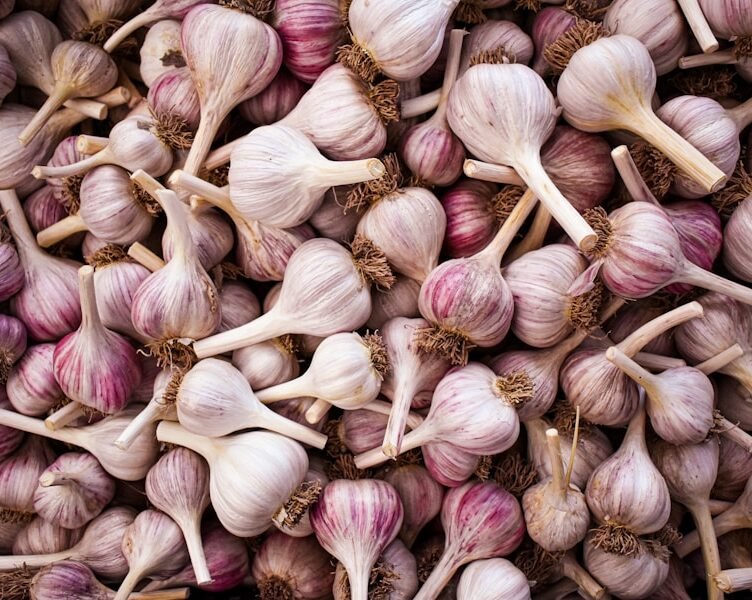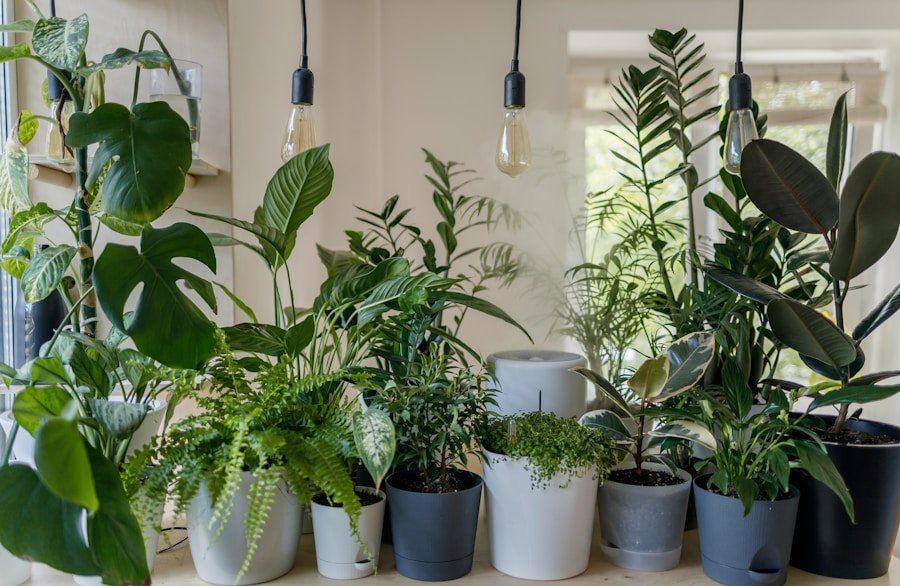Tomatoes are one of the most widely cultivated vegetables in both home gardens and commercial farms. To produce healthy and abundant crops, tomatoes require specific soil conditions to thrive. The soil plays a vital role in determining the overall health and productivity of tomato plants, providing essential nutrients, water, and support for the roots, which are crucial for growth and development.
Recognizing the significance of soil for tomato growth is essential for gardeners and farmers seeking to cultivate a successful tomato crop. The ideal soil for tomato cultivation must provide the necessary nutrients for plant growth and fruit production. Additionally, the soil must have good drainage and aeration to prevent waterlogging and root rot.
The pH level of the soil is also critical, with tomatoes preferring slightly acidic soil with a pH range of 6.0 to 6.8. Furthermore, the soil texture is crucial, with tomatoes thriving in well-draining, loamy soil rich in organic matter. Understanding these key characteristics of ideal soil for tomato plants is essential for creating optimal growing conditions for a successful tomato crop.
Key Takeaways
- Understanding the importance of soil for tomato growth is crucial for successful cultivation.
- Ideal soil for tomato plants should be well-draining, nutrient-rich, and have a slightly acidic pH.
- Types of soil suitable for growing tomatoes include loamy, sandy, and clay soils.
- Testing and amending soil for tomato cultivation can help optimize soil conditions for plant growth.
- Organic soil amendments are preferred for tomato plants to maintain healthy and sustainable soil.
Characteristics of Ideal Soil for Tomato Plants
Organic Matter and Soil Structure
Soil rich in organic matter is essential for tomato plants, as it provides vital nutrients, improves soil structure, and enhances water retention. This allows the plants to grow strong and healthy, with a well-established root system.
pH Level and Texture
A slightly acidic pH is preferred by tomatoes, as it facilitates better nutrient uptake and overall plant health. The soil texture is also crucial, with loamy soil that is well-aerated and provides good support for the roots being ideal.
Freedom from Contaminants and Pests
The ideal soil for growing tomatoes should be free from contaminants and pollutants that can harm the plants, such as heavy metals, pesticides, and other harmful substances. Additionally, the soil should be free from pests and diseases that can affect tomato plants, ensuring a healthy and thriving crop.
Types of Soil Suitable for Growing Tomatoes
There are several types of soil that are suitable for growing tomatoes, including loamy soil, sandy soil, and clay soil. Loamy soil is considered the best type of soil for growing tomatoes, as it has a balanced mixture of sand, silt, and clay that provides good drainage, aeration, and nutrient retention. Sandy soil is also suitable for growing tomatoes, as it provides good drainage and warms up quickly in the spring, which can be beneficial for early planting.
However, sandy soil does not retain moisture or nutrients as well as loamy soil. Clay soil, on the other hand, has good nutrient retention but can be prone to waterlogging and compaction if not properly managed. In addition to these primary soil types, there are also variations within each type that can affect its suitability for growing tomatoes.
For example, sandy loam is a type of loamy soil that has a higher sand content, while silty clay is a type of clay soil that has a higher silt content. Understanding the different types of soil suitable for growing tomatoes can help gardeners and farmers choose the best option for their specific growing conditions.
Testing and Amending Soil for Tomato Cultivation
| Soil Type | pH Level | Organic Matter | Drainage |
|---|---|---|---|
| Sandy Soil | 6.0-6.8 | Low | Good |
| Loamy Soil | 6.0-6.8 | Moderate | Good |
| Clay Soil | 6.0-6.8 | High | Poor |
Before planting tomatoes, it is important to test the soil to determine its pH level and nutrient content. This can be done using a simple at-home soil test kit or by sending a sample to a professional laboratory for analysis. Once the soil has been tested, it may be necessary to amend it to create the optimal growing conditions for tomatoes.
This can include adding organic matter such as compost or well-rotted manure to improve nutrient levels and soil structure. It may also be necessary to adjust the pH of the soil by adding lime to raise the pH or sulfur to lower it. In addition to testing and amending the soil before planting, it is also important to continue monitoring and amending the soil throughout the growing season.
This can include adding additional organic matter or fertilizer as needed to ensure that the plants have an adequate supply of nutrients. By testing and amending the soil for tomato cultivation, gardeners and farmers can create the best possible growing conditions for their tomato crops.
When amending the soil for tomato cultivation, gardeners and farmers have the option of using organic or inorganic amendments. Organic amendments include materials such as compost, manure, bone meal, and fish emulsion, which provide essential nutrients and improve soil structure. Inorganic amendments, on the other hand, include materials such as synthetic fertilizers and lime or sulfur for adjusting pH levels.
Both organic and inorganic amendments have their own advantages and disadvantages when it comes to amending soil for tomato cultivation. Organic amendments are beneficial for improving long-term soil health and fertility, as they provide a slow release of nutrients and improve overall soil structure. In addition, organic amendments are less likely to cause nutrient imbalances or harm beneficial microorganisms in the soil.
However, organic amendments can take longer to break down and release nutrients compared to inorganic amendments. Inorganic amendments, on the other hand, provide a quick release of nutrients and can be more precisely tailored to meet specific nutrient needs. However, they can also leach out of the soil more quickly and may have negative effects on beneficial microorganisms.
Tips for Maintaining Healthy Soil for Tomato Plants
Rotate Crops and Use Mulch
Practicing crop rotation is essential to prevent the buildup of pests and diseases in the soil. This involves planting tomatoes in different areas of the garden each year. Additionally, using mulch around tomato plants helps retain moisture, suppress weeds, and improve overall soil health.
Improve Soil Fertility and Structure
Adding cover crops such as clover or vetch during the off-season can help improve soil fertility and structure. This is especially important for maintaining healthy soil.
Avoid Over-Tilling and Compact Soil
It is crucial to avoid over-tilling or compacting the soil, as this can disrupt beneficial microorganisms and lead to poor drainage and aeration. Instead, using no-till or low-till methods can help maintain healthy soil structure and prevent erosion.
Regularly Test and Amend Soil
Regularly testing the soil and amending it as needed can help ensure that tomato plants have access to essential nutrients throughout the growing season. By following these tips, gardeners and farmers can create optimal growing conditions for their tomato crops.
Troubleshooting Common Soil Issues for Tomato Growth
Despite best efforts to maintain healthy soil for tomato plants, there are several common issues that can arise during cultivation. One common issue is nutrient deficiencies, which can manifest as yellowing leaves or stunted growth. This can be addressed by adding organic or inorganic fertilizers as needed to provide essential nutrients such as nitrogen, phosphorus, and potassium.
Another common issue is poor drainage or waterlogging, which can lead to root rot and other diseases. This can be addressed by improving soil structure with organic matter or using raised beds to improve drainage. Pests and diseases are also common issues that can affect tomato plants grown in certain types of soils.
This can be addressed by practicing good sanitation practices and using natural pest control methods such as companion planting or introducing beneficial insects. Additionally, using disease-resistant tomato varieties can help prevent common diseases such as blight or wilt. By troubleshooting common soil issues for tomato growth, gardeners and farmers can address problems as they arise and ensure a successful tomato crop.
In conclusion, understanding the importance of soil for tomato growth is essential for creating optimal growing conditions for a successful tomato crop. The characteristics of ideal soil for tomato plants include rich organic matter, good drainage, slightly acidic pH, and well-aerated texture. There are several types of soils suitable for growing tomatoes, including loamy soil, sandy soil, and clay soil.
Testing and amending the soil before planting tomatoes is important for creating optimal growing conditions, with options for organic or inorganic amendments available. Tips for maintaining healthy soil include practicing crop rotation, using mulch, adding cover crops, avoiding over-tilling or compacting the soil, and regularly testing and amending as needed. Finally, troubleshooting common soil issues such as nutrient deficiencies, poor drainage, pests, and diseases is important for addressing problems as they arise during cultivation.
By following these guidelines for understanding and maintaining healthy soil for tomato plants, gardeners and farmers can ensure a successful tomato crop year after year.
FAQs
What is the best soil for growing tomatoes?
The best soil for growing tomatoes is well-draining, nutrient-rich soil with a pH level between 6.0 and 6.8. It should also be rich in organic matter and have good aeration.
What type of soil is not suitable for growing tomatoes?
Soil that is compacted, poorly draining, or has a pH level outside of the optimal range for tomatoes is not suitable for growing tomatoes. Additionally, soil that is low in organic matter and nutrients will not support healthy tomato growth.
How can I improve the soil for growing tomatoes?
You can improve the soil for growing tomatoes by adding organic matter such as compost, well-rotted manure, or peat moss to increase its nutrient content and improve its structure. You can also adjust the pH level by adding lime to raise the pH or sulfur to lower it.
Can I use potting mix for growing tomatoes in containers?
Yes, potting mix can be used for growing tomatoes in containers. Look for a high-quality potting mix that is specifically formulated for vegetables and fruits, and ensure that the containers have good drainage.
Should I test my soil before planting tomatoes?
It is recommended to test your soil before planting tomatoes to determine its pH level and nutrient content. This will help you make any necessary adjustments to ensure optimal growing conditions for your tomatoes.







